
DMCA or Digital Millennium Copyright Act is a part of the copyright laws within the US. One of the major actions that is established by this act is the removal of content from the internet. If you’re a content creator or a business owner working with digital assets then the knowledge about DMCA is vital. In this article, we will be talking about the Digital Millennium Copyright Act. Along with how it protects copyrights and other laws related to intellectual property.
What is the Digital Millennium Copyright Act (DMCA)?
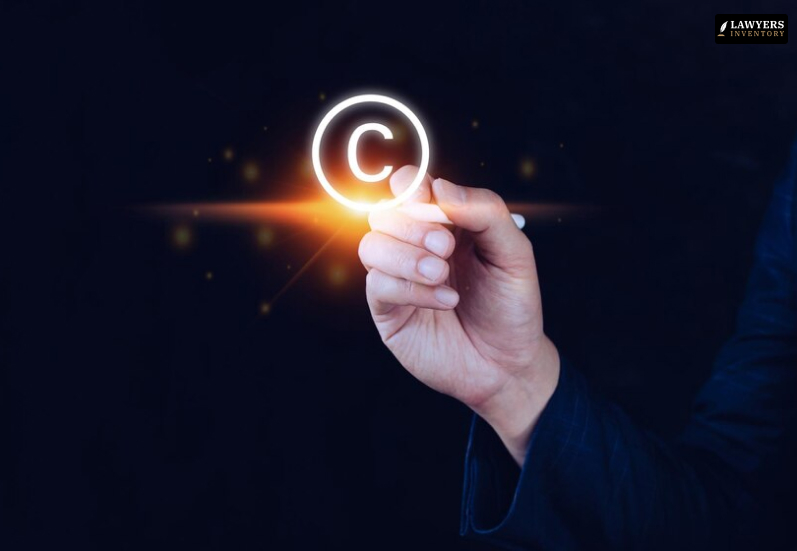
Digital Millennium Copyright Act or DMCA is a federal statute that is known to address a variety of problems created by a number of copyright issues through usage of new technologies and the internet, including digital rights management. Moreover, it also acts as a protection of rights and privileges aimed at protecting Internet Service Providers.
Public Law 304 was signed into law in 1998, by President Clinton for the establishment of the World Intellectual Property Organization (WIPO). Moreover, the Copyright Treaty of 1996 was responsible for establishment of WIPO and copyright laws governing the US. Similarly, the treaty is combined with four proposed bills. Along with revisions to the existing copyright laws that are required to fill the gaps within US laws that the WIPO Copyright Treaty addressed.
Moreover, some of the most revisions within the DMCA are enabling increased protections against new ways that are used for infringing protected works, especially the one’s present in the internet. Similarly, the DMCA has also been recognized in making many required changes within the copyright laws. As it has been critiqued and has been overly protective in a variety of ways. This includes, limitation of the abilities of consumers for usage and purchasing of the products.
On the other hand, the WIPO Treaty resulted in the addition of Chapter 12 in the Digital Millennium Copyright Act. Meaning, Copyright Protection and Management Systems was added in the Copyright Act. Moreover, the copyright laws in the US generally met most of the provisions in the WIPO treaties. However, it did not take any actions to address technological measures for stopping copyright infringement or any other copyright management systems.
The DMCA has resolved this issue by establishing that it is a violation to circumvent a technological measure for accessing copyrighted works. And further, making it a violation to traffic in devices that acts to circumvent the technological measure to either access the work or infringe the copyright. Moreover, there are a variety of exceptions provided and various triennial rulemaking through the Library of Congress to exempt classes of copyrighted works.
Why Is The Digital Millennium Copyright Act Important For You?
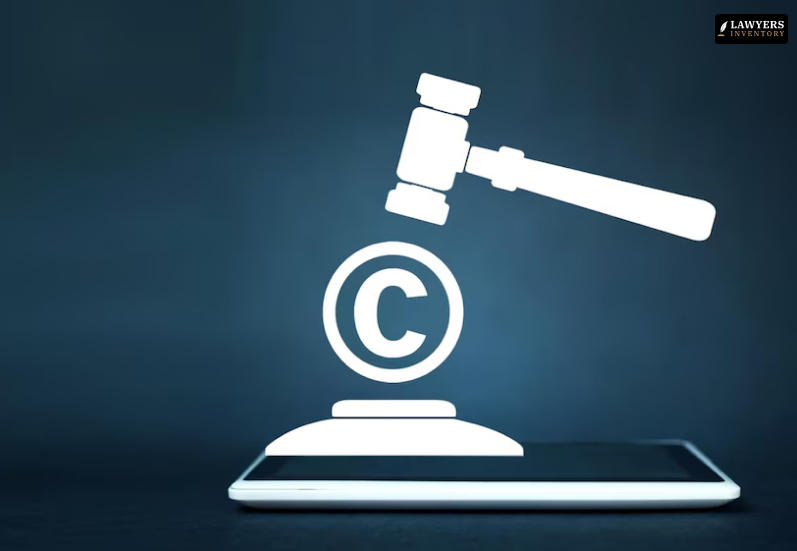
DMCA is a part of the US copyright law, and it is known to address rights and obligations of owners of copyrighted works. This is especially when they believe that their rights under the copyright law have been infringed, particularly but not limited to, on the internet.
Moreover, DMCA is also known to address the rights and duties of internet service providers on whose servers or networks the infringing materials can be found. The law clearly provides a framework, named DMCA Takedown (Section 512 (c) (3)). This is for the process for both parties related to request and removal of the copied content that has been found online.
Most websites, ISP’s, OSP’s, hosting organizations are adopting the DMCA Takedown process for handling requests for removal of illegal hosting of content on websites within their control.
What Should I Do To Make Use Of The Digital Millennium Copyright Act To Get My Stolen Content Down From A Website?

There are three main criterias of infraction that are required to file for a DMCA Takedown Notice. Here we are mentioning the same below.
Infringing URL
The first criteria is where on the internet or platform have you seen your stolen content to be located. Similarly, you’ll also have to mention the link that you’re seeking for removal from your content. Make sure you are providing the URL or website/webpage link of the content you’re seeking to remove.
Moreover, if the content is an image or video located within a website, provide the direct link of the content, which is contained within the site. Similarly, copy and paste the infringing text, or provide with the URL of the infringing image if required.
Source URL
Now you have to locate the source of the content when it was infringed. Ensure it was present in a social media site, or was it available within your own website. You have to provide the exact URL where it has been infringed from, along with the content that has already been removed from the original source.
Moreover, the original URL is still important to notice. If it was not online, you can certainly reference a cell phone, computer, or camera etc. On the other hand, if it has been online like in a website or cloud storage, do provide a link to the exact page it has been stolen from.
Similarly, you can also upload the original content to a cloud storage service and provide that URL along with an explanation from where it has been originally stolen from.
Description of Ownership
The final step you need to take is defining the name of the content owner and how the content was stolen by the infringer. Moreover, you’ll also need to provide data regarding how you are claiming the work to be yours. Are you the creator, or have purchased from another owner for your usage or further production.
Similarly, you’ll also have to understand who has the capacity to claim ownership for the content, and who is authorized to file for DMCA Takedown. Along with this, you’ll also have to state when the content had been created and when it was exactly stolen.
Is the Digital Millennium Copyright Act Only Applicable within the US?
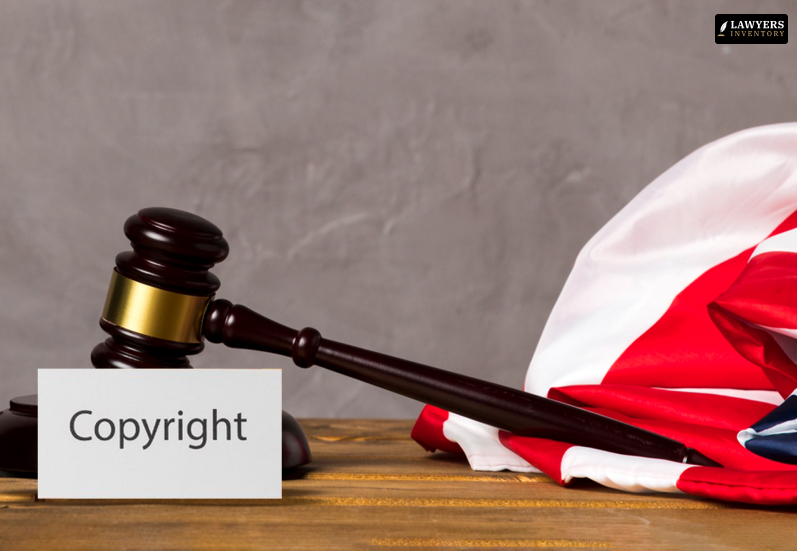
The Digital Millennium Copyright Act is a part of copyright laws within the US. However, the DMCA Takedown process is followed across the globe. Moreover, most nations tend to follow and accept the standard DMCA Takedown Notice form and process. However, the DMCA Takedown is a part of the copyright law in the US. A DMCA Takedown is usually used and accepted throughout various nations across the world and is not exclusive to the US.
However, many nations have their own copyright laws that are specifically related to the removal of content from the internet service providers and site owners within their borders. The list of internet service providers who do and do not accept the DMCA takedown notice form and process are dynamic and continuously changing in nature.
Professionals working in the establishment and regulation of the DMCA are aware of these constant changes. And are able to convert the information submitted through the standard DMCA Takedown signup form to specifically suit nations and/or service providers within the legal procedure that is required.
Will A Website Require The Digital Millennium Copyright Act In Order To Get My Content Removed?
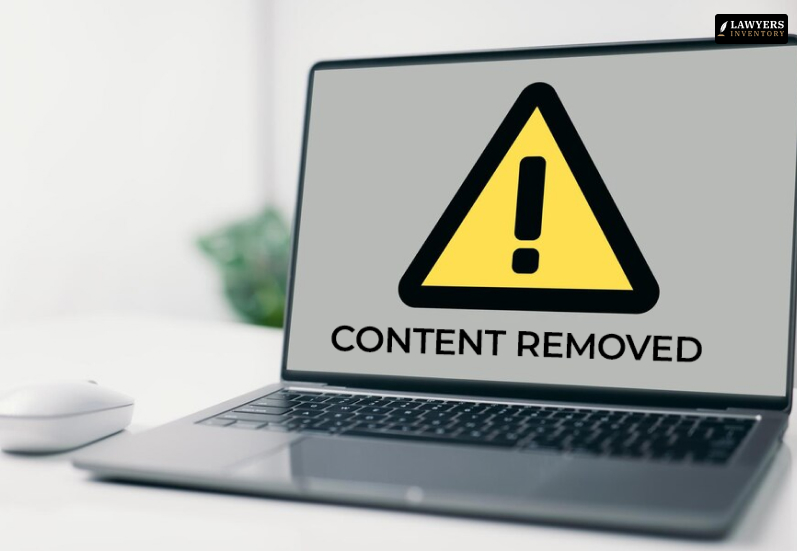
In simple words, no. If you see the website does not clearly declare that it is following the DMCA. You can still process a DMCA Takedown Notice for the removal of your infringed content.
On the other hand, various factors restrict a website’s ability to follow the DMCA guidelines directly.
How Will I Understand If A Website Follows The Digital Millennium Copyright Act?
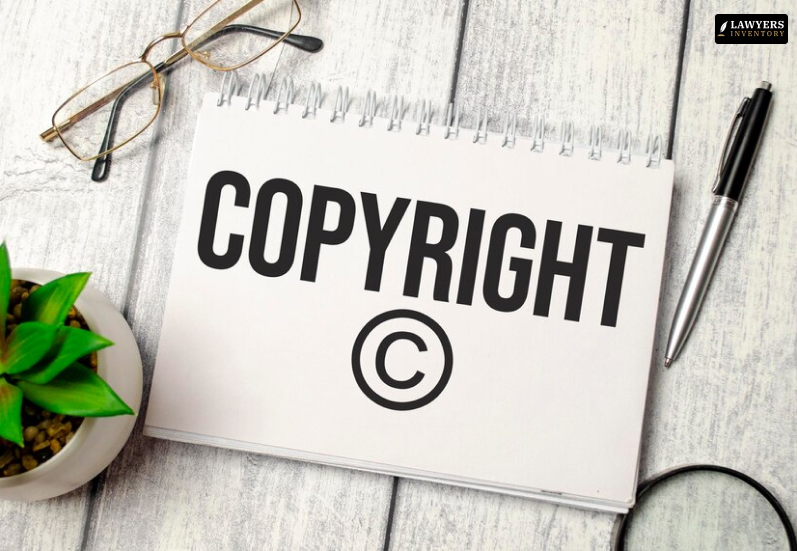
If a website makes use of DMCA. Then, they will use a place to reference that in the footer of the website. Moreover, the clickthrough must clearly state the conditions of the DMCA Takedown process. Many websites tend to refer to DMCA.com takedown notice form within this website directly.
If you are someone who is uncertain. Or the website does not make it clear regarding the ways they are complying with the DMCA. It is advisable that you consult with an experienced intellectual property lawyer. This is to have a better understanding of the ways you can remove your infringed work from a website.
How Can I Add The Digital Millennium Copyright Act In My Website?
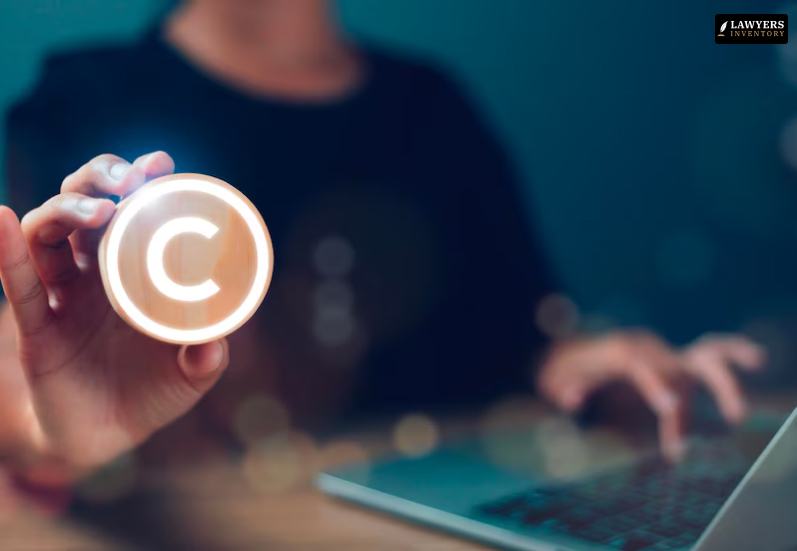
If you’re dealing with intellectual property (IP) matters related to your company or website. It’s important that you seek the assistance of a qualified IP lawyer or a law firm that specializes in IP laws. It’s crucial that you select a law firm that operates within the jurisdiction. This is where your company or website is located. As this will ensure that you have access to proper legal communication. By seeking help from an experienced legal professional. You can navigate the complex world of IP laws. This is done with confidence and protects your valuable assets effectively.
Final Words
Now you have a fair understanding of the ways the Digital Millennium Copyright Act works for protection of content generally found within the internet. It aims to protect the rights of owners who have their works protected by copyright laws. Similarly, it also acts as a mechanism that removes content from Internet Service Providers, where infringed content is on display. So, it is advised that you hire a good IP lawyer who’ll advise you through the DMCA Takedown form and process.
Read Also:





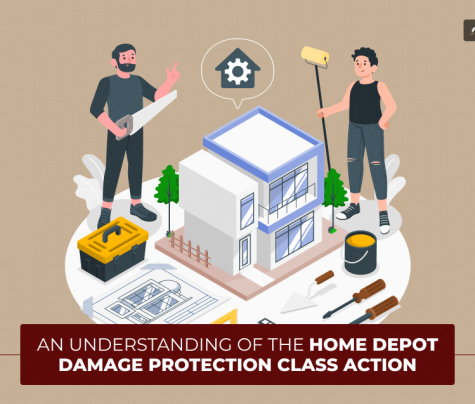
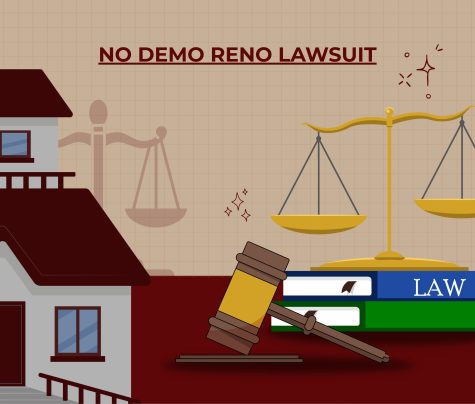


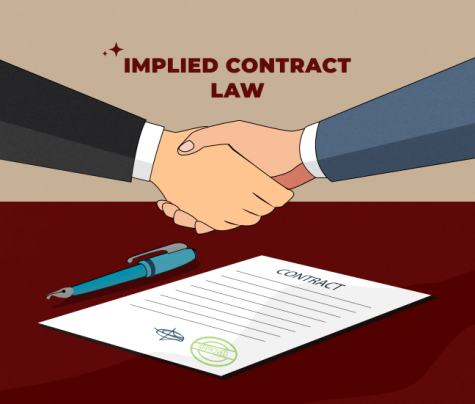
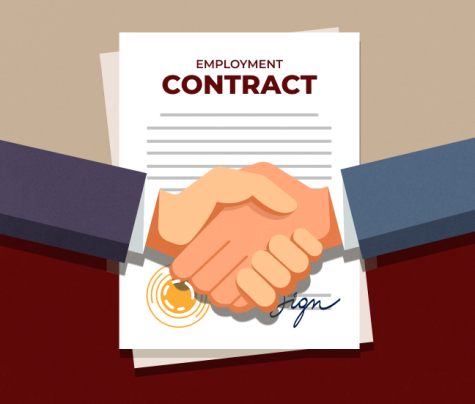
1 Reply
Copyright and Internet: Two Peas In a Pod
April 18, 2024 at 11:11 am
[…] copyright principles aim to serve the creator’s rights and establish the necessary guidelines to keep up with the […]
Reply